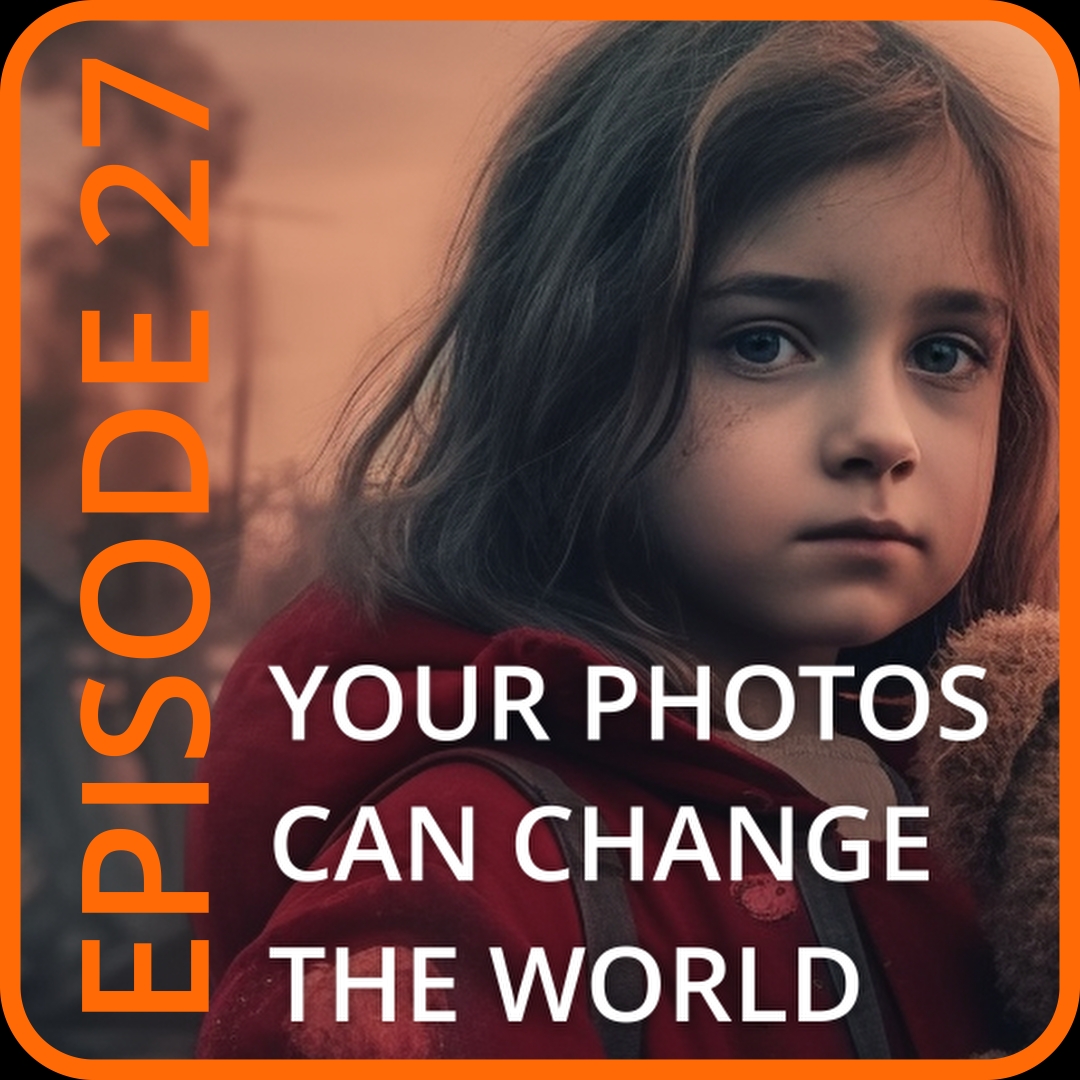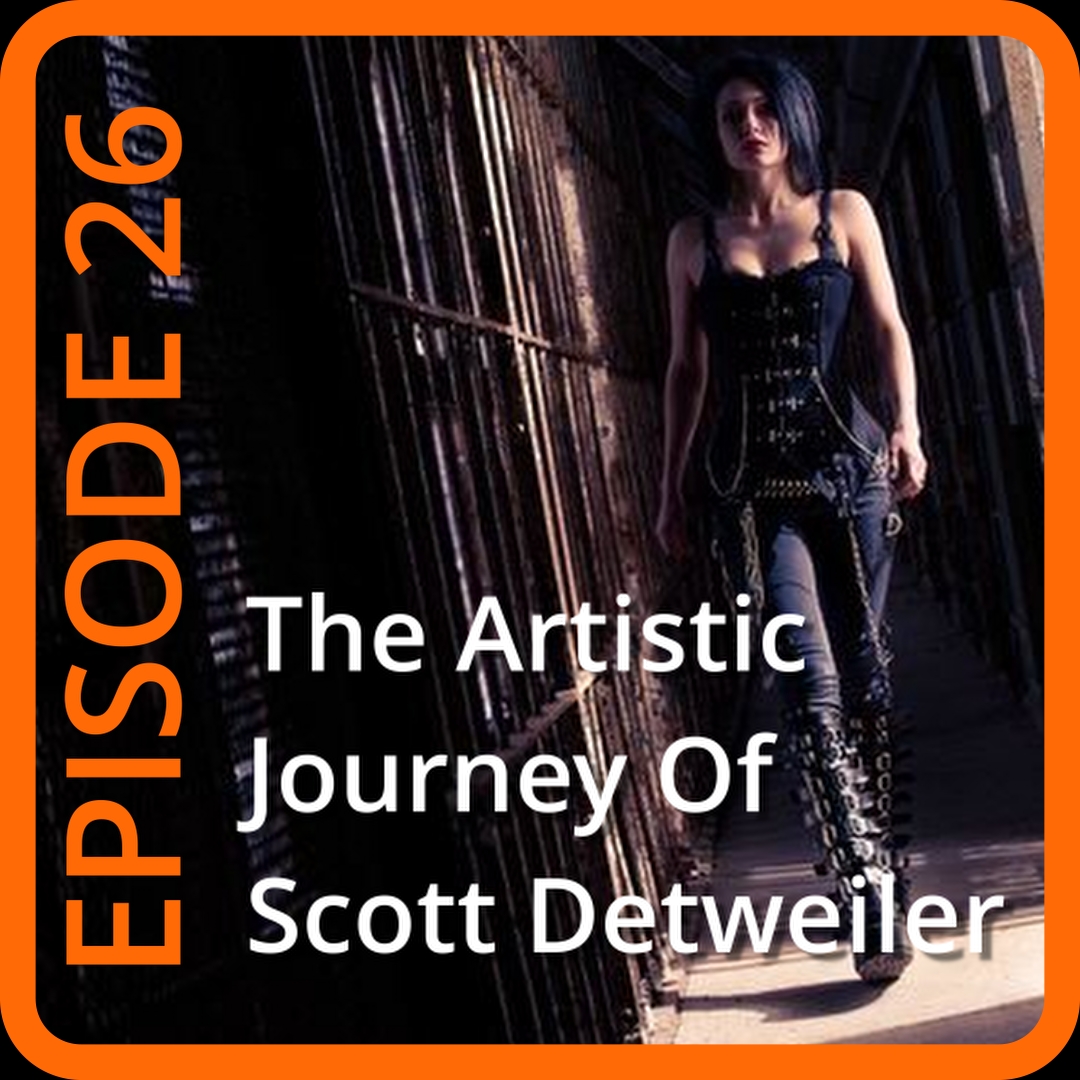Please note this post may contain affiliate links picked by me (Jay) that I have deemed may be of interest or relevant to you the reader of this.
These links do not affect the cost of the thing if you decide to purchase but i may get a little money if you choose to purchase.
For more information on my affiliate link policy click here.
The Power of a Single Image: Inspiring Change
I’m a photographer with a purpose. I’ve seen the impact a single image can make, like the Vietnam girl or child labor shots. They’re more than just photos; they’re catalysts for change. I strive to do the same with my lens, focusing on social injustice and environmental challenges. Armed with the right gear, research, and ethics, I’m taking my crusade from galleries to social media. Welcome to ‘The Power of a Single Image: Inspiring Change’.
Key Takeaways
– A single photograph has the ability to profoundly impact public opinion and government policies.
– Telling compelling stories through photography is a crucial element in bringing about social change.
– Thorough research, the right equipment, and attention to composition and storytelling are important for creating impactful images.
– Utilizing both online and offline platforms, such as social media and photo exhibitions, can help raise awareness and engage a wider audience.
Understanding the Power of Images
In my journey as a photographer, I’ve seen the power of a single image’s ability to inspire change and reshape perspectives. The emotional impact of photography is a potent force; it can evoke feelings of elation, despair, wonder or empathy. I’ve captured a grieving mother’s tears, the joyous laughter of children, the stark reality of a war-torn landscape. Each image, a story unto itself. Visual storytelling is more than just the click of a shutter; it’s framing the narrative, focusing on the details that others might overlook. It’s about painting a picture with light and shadow, capturing moments that speak volumes. It’s understanding that each photograph is a dialogue between the viewer and the world, a conversation that can spark innovation and drive change.
Telling Compelling Stories
Harnessing the power of visual storytelling, I’ve learned that the most effective images are those that tell compelling stories, stirring emotions and provoking thought. They should resonate on a personal level, creating a connection between the viewer and the subject. This is where ethical storytelling comes in.
| Ethical Storytelling | Personal Connection |
|———————-|———————|
| It’s about respect and responsibility. I strive to portray subjects authentically, avoiding exploitation or misrepresentation. | The images I capture seek to stir empathy, bridging the gap between the viewer and the narrative. |
| It requires understanding and sensitivity. I am conscious of the impact my work can have on the people I photograph. | Through my lens, I aim to humanize complex issues, fostering a sense of shared humanity. |
| It’s a commitment to truth. I believe in telling stories as they are, not as we want them to be. | My images invite viewers to engage, question, and ultimately, to act. |
Techniques for Impactful Photography
Building on the principles of ethical storytelling, I’ll now delve into some practical techniques that can enhance the power and impact of your photography. To craft compelling narratives with your images, it’s essential to focus on the following:
1. **Composition techniques**: Innovative framing can dramatically elevate an image. Consider the rule of thirds, leading lines, or playing with perspective for a fresh take.
2. **Capturing emotion**: A photograph that evokes strong emotions can inspire change. Strive to capture genuine moments that resonate with viewers.
3. **Post-processing**: A touch of editing can enhance your vision but remember to keep it authentic.
These techniques are not about manipulating reality, but about showcasing it in a thought-provoking, emotive way, sparking dialogue and inspiring change.
Advocacy Through Photography
Through photography, I’ve learned that we can wield a powerful tool for advocating social and environmental change. It’s a unique medium that allows us to capture moments, tell stories, and evoke emotions that can influence public opinion and inspire action. But with this power also comes ethical considerations.
| | Ethical Considerations | Emotional Impact |
|— |— |— |
|1. |Respecting Subjects |Evoking Empathy |
|2. |Avoiding Exploitation |Stirring Anger |
|3. |Seeking Consent |Inspiring Hope |
|4. |Preserving Dignity |Creating Connection |
|5. |Telling Truths |Driving Action |
It’s about giving a voice to the voiceless, not exploiting their vulnerabilities. It’s about capturing the raw, unfiltered emotions that move people to care, to question, to act. And ultimately, it’s about using this powerful tool to make a difference.
Utilizing Online and Offline Platforms
While I’m passionate about using photography as a tool for advocacy, it’s crucial to understand that this impact wouldn’t be possible without effectively utilizing both online and offline platforms to share these powerful images.
1. Building online communities: I use social media platforms like Instagram and Facebook to reach a global audience. By sharing my work, engaging with followers, and using hashtags relevant to the cause, I’m able to build a community of advocates online.
2. Engaging local communities: Offline, I organize photo exhibitions in local galleries or community spaces. This not only showcases my work but also sparks crucial dialogue around the issues at hand.
3. Collaborations: Teaming up with NGOs, activists, or organizations amplifies the reach of my work and fosters a sense of collective action.
This multi-platform approach is key to inspiring change.
Impactful Examples of Change
Even as I leverage both online and offline platforms to amplify my work, it’s crucial to note the profound impact of certain iconic images that have catalyzed significant social change. Dorothea Lange’s ‘Migrant Mother’ is a case in point. This haunting photograph evoked such visceral empathy, it spurred government assistance during the Great Depression. Now, let’s fast forward to our digital age. Greta Thunberg’s influence, immortalized through countless images of her climate strikes, has sparked a global movement. The power of these images, raw and authentic, is indisputable. They’ve stirred emotions, provoked conversations, and most importantly, inspired change. So, fellow innovators, let’s harness this power in our work as we strive to create our own impactful examples of change.
Conclusion
So, can a single image truly inspire change? Absolutely, I’ve seen it, I’ve lived it. It’s in the raw emotion in a child’s eyes, the stark reality of environmental degradation. It’s in the stories that go untold, brought to light through my lens. It’s amplifying these narratives, online and off, that propels change. A single image can indeed inspire change, and I’ll continue to capture these stories, one frame at a time. Will you join me?












